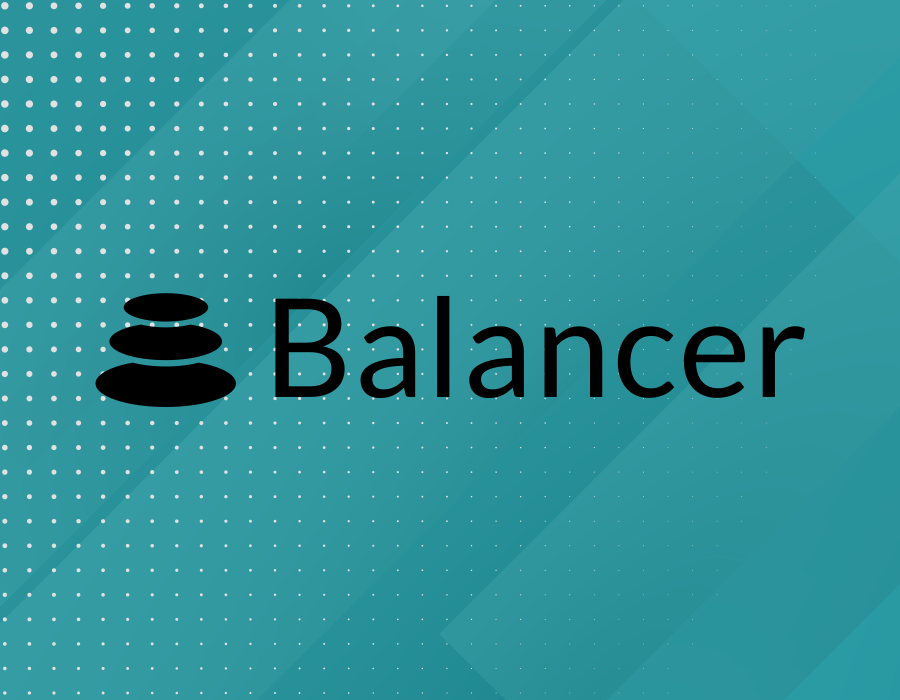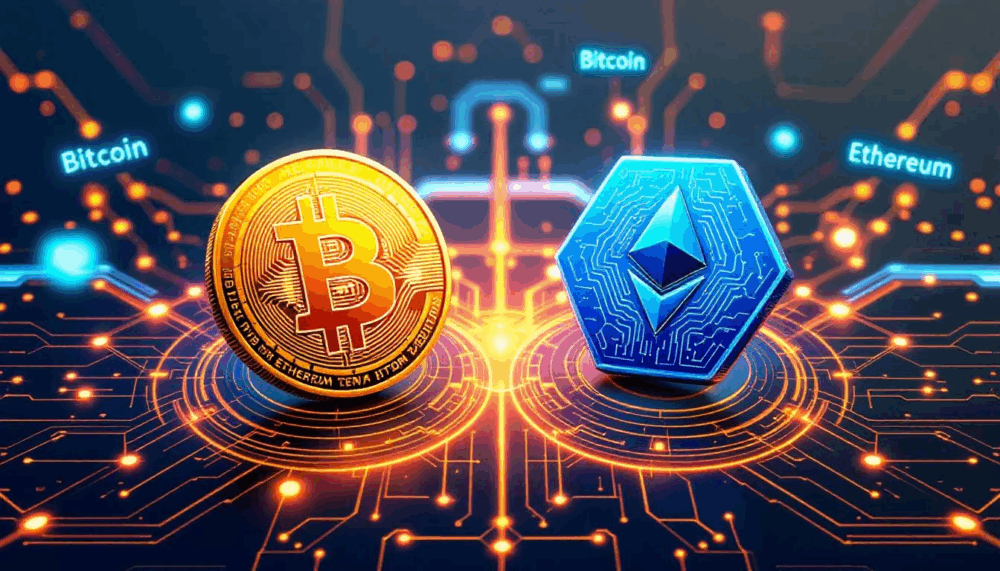Balancer stands out as a multifaceted platform that revolutionises how we think about trading, liquidity, and portfolio management. At its core, it is an Automated Market Maker (AMM), but it transcends this definition by incorporating features of an open-source protocol, automated portfolio manager, and liquidity provider.
It is also a decentralised exchange (DEX) running on the Ethereum network. Balancer’s innovative approach addresses the limitations of traditional and centralised exchanges by offering trustless and permissionless trading of ERC-20 tokens. It enables users to swap tokens instantly, create and invest in liquidity pools, and earn yields from trading activities.
Launch of Balancer V2
Balancer V1 established a groundbreaking framework within the decentralised finance (DeFi) ecosystem, introducing an innovative, flexible AMM system. The foundational version set the stage for a more advanced, efficient, and user-friendly ecosystem, addressing the evolving needs of the DeFi community. This paved the way for the significant upgrades introduced in Balancer V2.
The launch of Balancer V2 in 2021 was mostly aimed at reinforcing the protocol’s position in the DeFi space. Some of the innovations included:
- Single Vault Architecture: Centralises asset management, reducing gas costs and simplifying interactions.
- Customisable AMM Logic: Offers unparalleled flexibility for creating unique pool types.
- Capital Efficiency: Asset Managers and Boosted Pools enhance liquidity and yield opportunities.
How Balancer Protocol Works
Balancer Protocol caters to a diverse range of participants, including liquidity providers, traders, arbitragers, and developers, by offering a unique set of functionalities:
- Trading: Balancer pools, acting as smart contracts, allow for flexible token swaps. Unlike traditional index funds, Balancer pools are self-rebalancing and distribute fees to liquidity providers instead of charging them for rebalancing services.
- Liquidity Provision: As a DEX, Balancer enables users to provide liquidity without central intermediaries. Providers earn fees from swaps and $BAL tokens, enhancing their yield opportunities.
- Arbitrage Opportunities: The protocol supports flash swaps and loans, enabling profit from price discrepancies without upfront capital.
- Swap Fees: Balancer V2 introduced dynamic swap fees, balancing the needs of liquidity providers and traders for optimal market efficiency.
- BAL Token: Serving as a governance token, $BAL allows holders to influence the protocol’s direction through voting on proposals.
Key features
Balancer’s innovative design encompasses various types of pools, a centralised vault for asset management, and a Smart Order Router (SOR) for optimising trade routes. Here’s a breakdown of how Balancer works and some of its key components and features.
Self-Balancing Index Fund
Balancer allows users to create or invest in Balancer pools, which function similarly to self-balancing index funds. Users can deposit multiple types of tokens into these pools, setting a desired weight for each token that reflects its proportion in the pool’s total value. As market prices fluctuate, the Balancer protocol automatically rebalances the pool by adjusting its holdings to maintain the set proportions. This is to ensure that the pool’s composition remains aligned with the user’s investment strategy without the need for manual intervention.
The Vault
The Vault is a central component of Balancer V2, designed to hold all the assets deposited into Balancer pools. This innovative approach significantly enhances gas efficiency and security. By centralising asset management, the Vault reduces the number of transactions required for trades and rebalancing, lowering transaction costs. Additionally, it simplifies the interaction with pools, making it easier for users to trade and provide liquidity.
Weighted Pools
Weighted Pools are the most common type of pool on Balancer, allowing users to create liquidity pools with up to eight different tokens, each assigned a specific weight. These pools are ideal for creating diversified portfolios that can automatically rebalance to maintain the desired asset allocation. Weighted Pools offer broad market exposure and are particularly suited for long-term investment strategies.
Composable Stable Pools
Composable Stable Pools are designed for assets that are expected to maintain stable values relative to one another, such as different stablecoins. These pools use specialised algorithms to minimise slippage for swaps between stable assets, making them highly efficient for trading and liquidity provision involving stablecoins or assets with very similar values.
Liquidity Bootstrapping Pools (LBPs)
LBPs are a dynamic tool for projects looking to distribute their tokens while discovering their fair market value. These pools allow for changing the weight of the project’s token relative to other assets over time, typically starting with a high weight that decreases according to a predetermined schedule. This mechanism helps prevent initial price spikes and facilitates smoother price discovery during token launches.
Managed Pools
Managed Pools offer the highest level of customization, supporting up to 50 different tokens. These pools can be actively managed by their creators, allowing for sophisticated investment strategies and the creation of complex financial products. Managed Pools are particularly appealing to institutional investors and fund managers seeking to leverage DeFi for portfolio management.
Boosted Pools
Boosted Pools integrate external liquidity sources or yield-generating protocols to enhance the capital efficiency and returns for liquidity providers. By interacting with other DeFi protocols, such as lending platforms, Boosted Pools allow users to earn additional yields on their deposited assets, increasing the attractiveness of providing liquidity on Balancer.
Smart Order Router (SOR)
The Smart Order Router is a critical feature for optimising trading on Balancer. It analyses the liquidity and price levels across all Balancer pools to find the most efficient trading paths for users, ensuring they receive the best possible rates with minimal slippage. The SOR takes into account the complex interplay of different pool types and their characteristics to route trades in the most cost-effective manner.
Claiming Tokens
Liquidity providers on Balancer earn rewards in the form of $BAL tokens, the platform’s native cryptocurrency. These tokens can be claimed through the Balancer interface and represent a share of the protocol’s trading fees. Additionally, $BAL tokens grant holders governance rights, allowing them to participate in decision-making processes regarding the development and future direction of the Balancer protocol.








